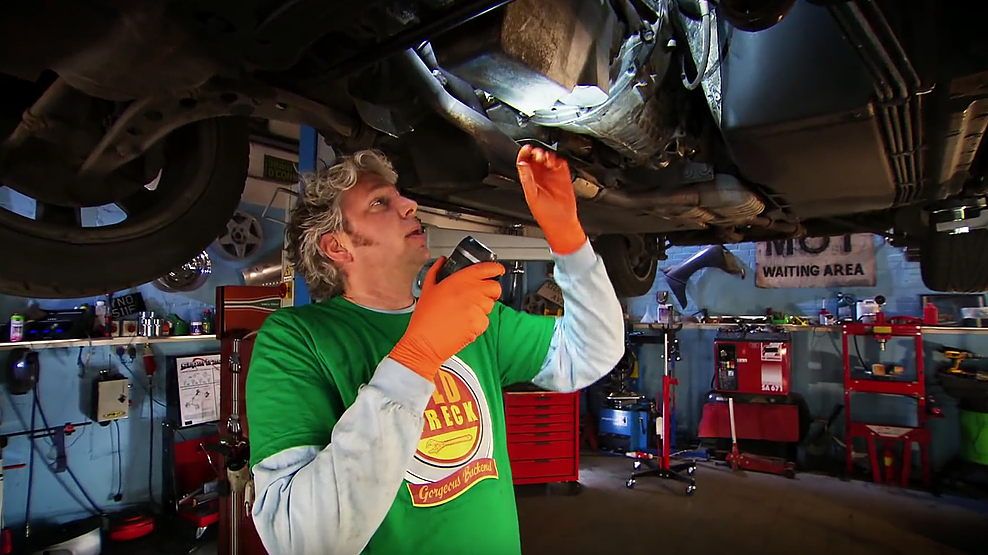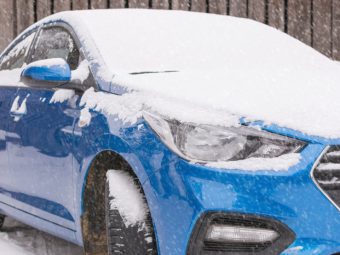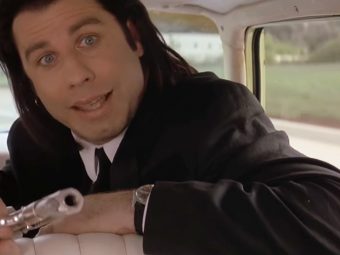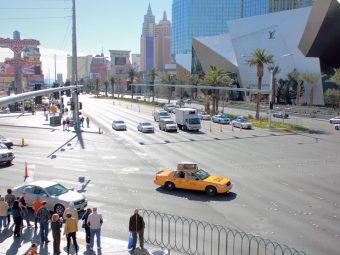By Chris Ward, September 20, 2018
If you drive a car with a manual transmission, you’re in the minority these days. In 2013, only 3.9 percent of the new cars sold that year were purchased with a manual transmission. Even though they aren’t as popular as they once were, however, they do still break down and need to be repaired. The clutch is often a source of trouble, especially in older manual transmission cars. Let’s take a look at some of the most common clutch problems and how to fix them.
Worn Clutch Discs
Clutch problems are all too common. A standard clutch is made up of two discs — the clutch disc and the flywheel. Usually, they spin at two different speeds, so they’re not wearing against each other. However, once the friction material on the clutch disc wears away, the disc itself can start to wear out. In this situation, your clutch will begin to slip while you’re trying to shift. Eventually, it will wear out completely and need to be replaced. Rebuilding the clutch can be a big job, but if you’ve got a lift and a good jack, you can do the work yourself. Most parts stores offer clutch rebuild kits that are a fraction of the price of taking it to the shop for the same job. Just make sure you take pictures as you’re taking the clutch apart so that you know where everything goes as you’re reassembling it. This problem is a common one — just like your disc brake pads wear out, so will your clutch disc. If you drive an older car and notice that your clutch is slipping, it might be time for a rebuild.Stretched Clutch Cable
This issue is actually one of the most common clutch problems. The clutch cable is a stretched piece of metal cable that needs to be kept at the right tension to activate the clutch. Over time, the cable stretches out and becomes less effective. It can even break, which will completely disable your clutch until it’s replaced so you won’t be able to drive the car at all. It’s a simple fix — just purchase a new clutch cable and install it, and your transmission will be running like new in no time. Clutch problems solved.Hydraulic Problems
The clutch system has two hydraulic cylinders in it. They keep the clutch fluid pressurized and enable the system to work properly. The system is very similar to the fluid in the brake system in that respect — and some cars even allow you to use brake fluid in the clutch system, though others do require specialized clutch fluid. If there’s a leak in the hydraulic lines or an air bubble in the system, it could prevent the clutch from working properly. Fortunately, both are fairly easy to fix. For the former issue mentioned, you need to locate the leak and repair it — gaskets between the master or slave clutch cylinders and the clutch lines are often the culprit here, but the lines themselves can sometimes develop a leak as well. For the latter, all you need to do is bleed the lines to remove the air bubble and allow the cylinders to again develop the proper pressure required for optimum functionality.Burned out Clutch
We get it — a good burnout can look amazing. That is until you realize that you’ve burned the clutch and can’t shift the transmission anymore. If a burnout is on the menu, be careful. If you start to smell your clutch overheating, lay off the gas and drive normally for a while so that it can cool off. And whatever you do, don’t drive like these guys — these burnout fails are just tragic. Your clutch is probably the most abused part of your car, especially if one or more drivers have learned how to drive a stick behind the wheel. Take care of your clutch, and it will take care of you — and be careful with those burnouts if you don’t want to have to do a premature rebuild.







